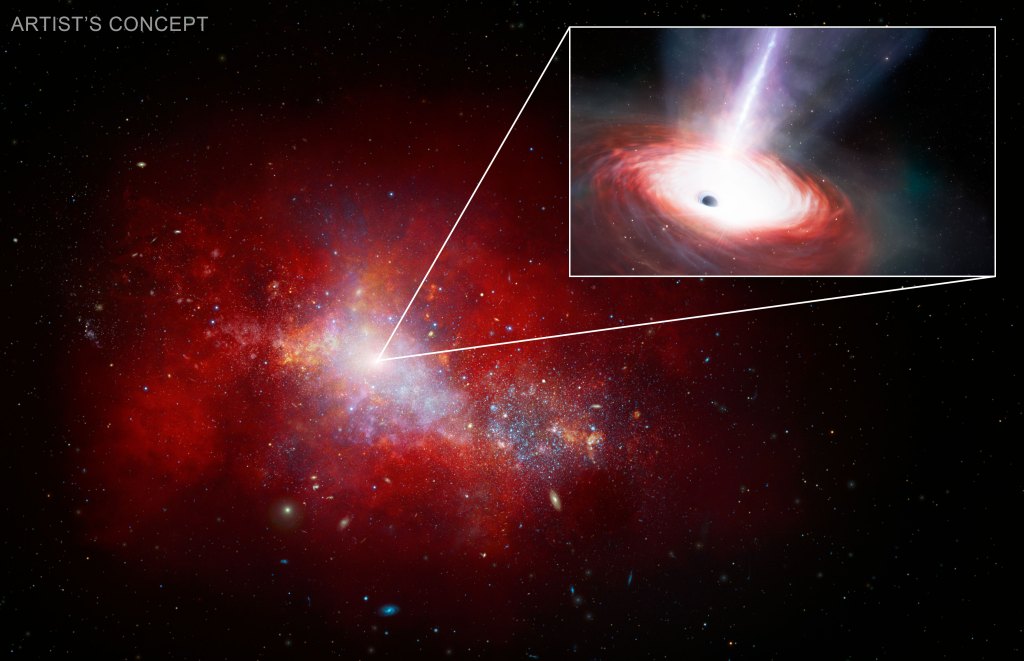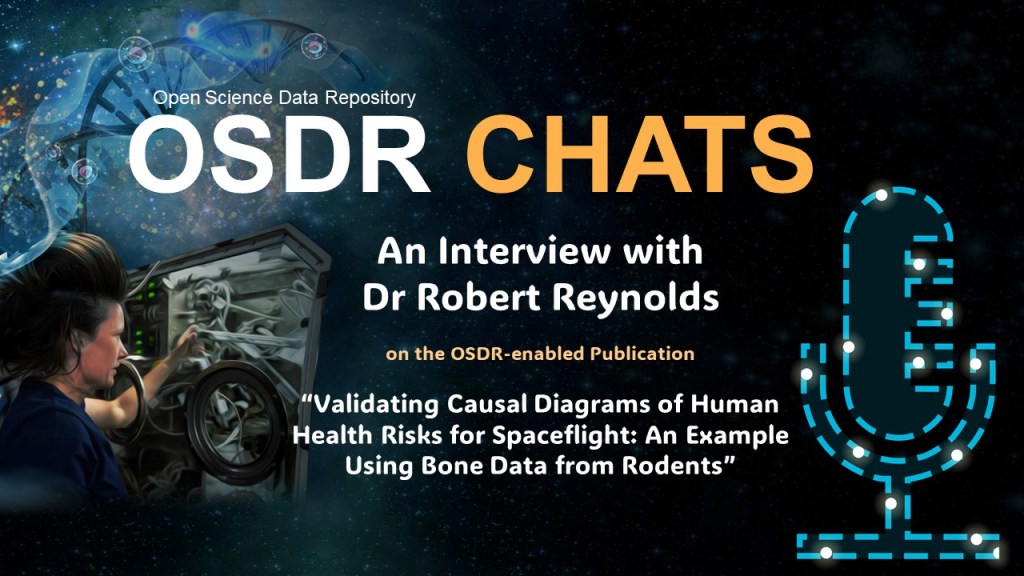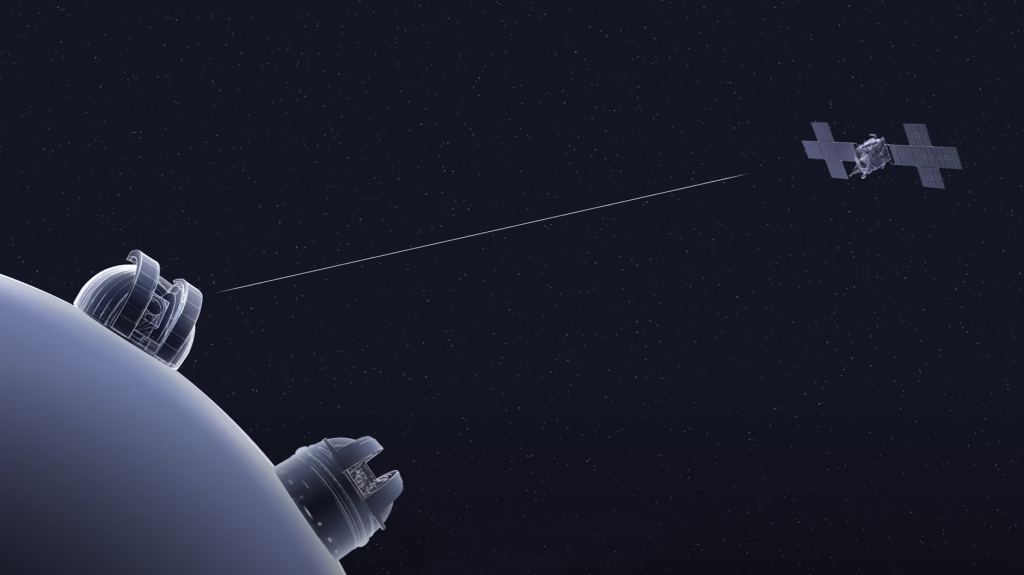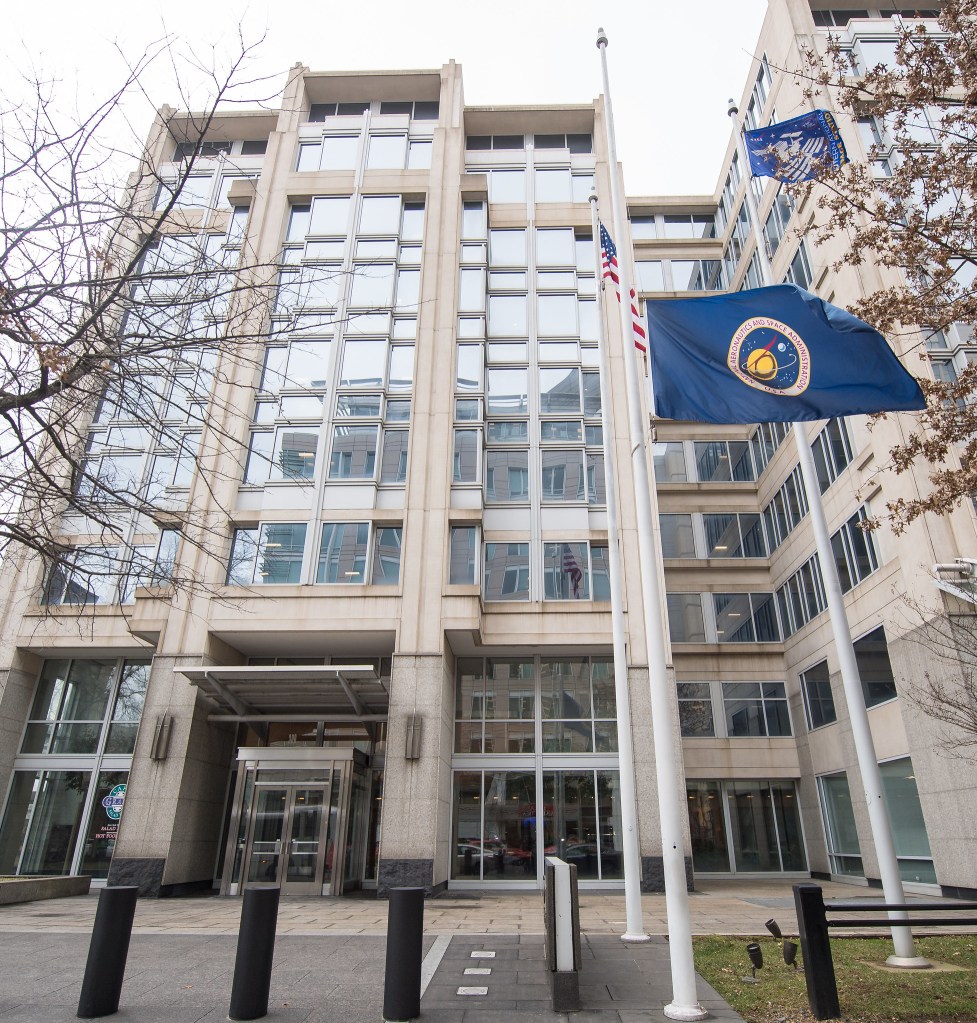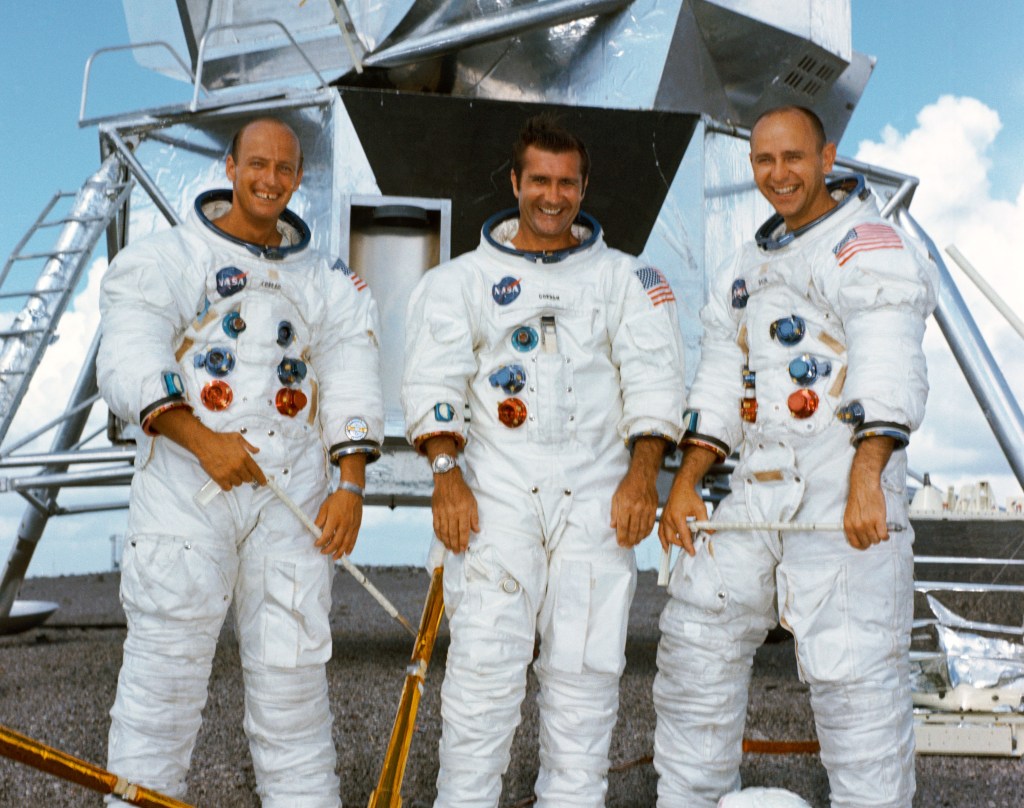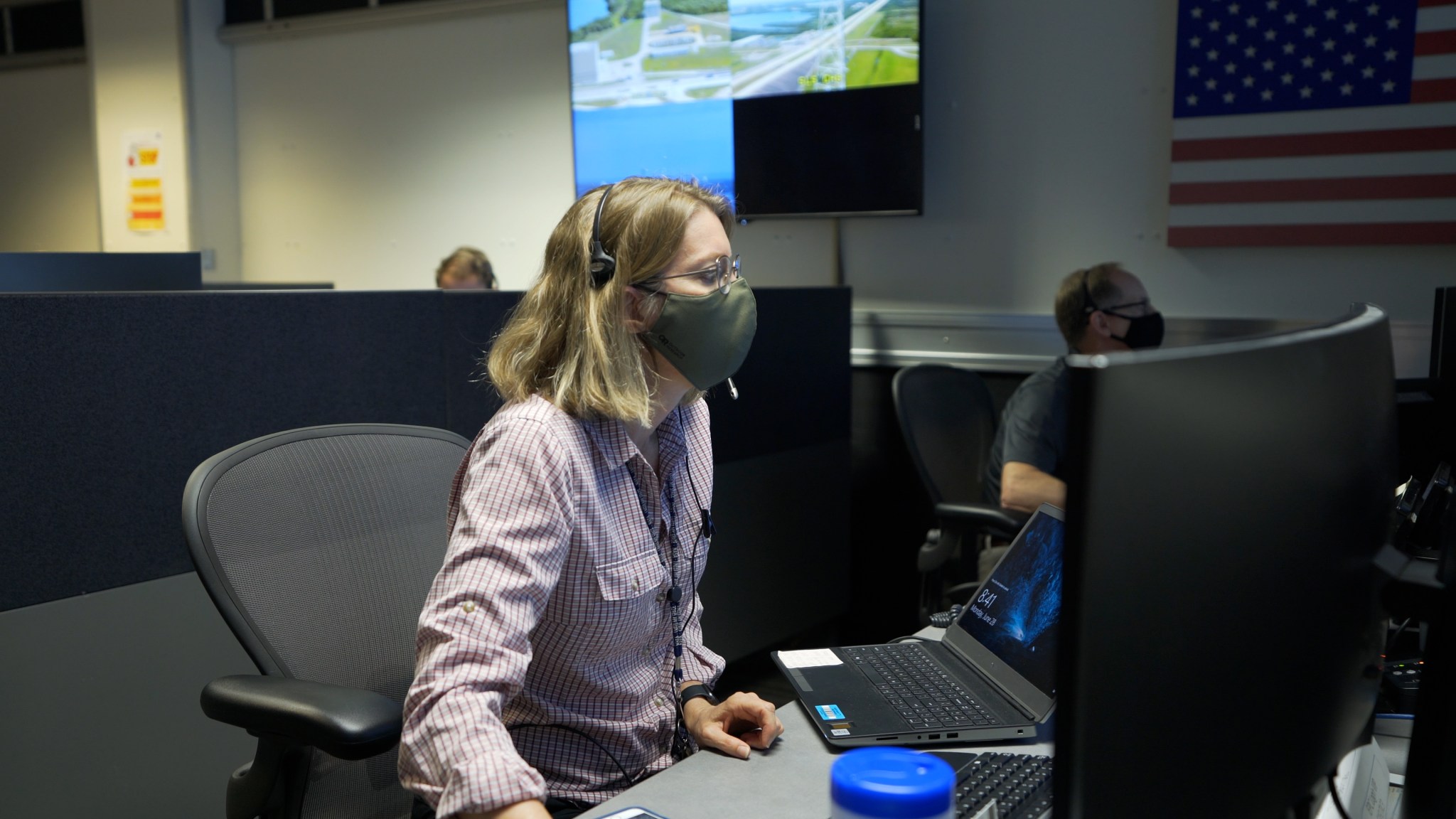
As teams at NASA’s Kennedy Space Center in Florida continue Artemis I launch day preparations, crews at the Space Launch System’s (SLS) Engineering Support Center at NASA’s Marshall Space Flight Center in Huntsville, Alabama, are joining simulations to practice their role in the exploration of the Moon and beyond.
The SLS Engineering Support Center will provide support from the ground during Artemis launches by monitoring data and solving challenges that may occur before and during SLS’s first flight on Artemis. The support center allows the SLS team to connect not only with Kennedy, but also with experts at various locations across the United States to support ground processing, testing, launch, and flight operations for the rocket in real time.
“The team working in the SLS Engineering Support Center at Marshall are people with the most knowledge about the rocket’s hardware and how it operates,” said Doug Parkinson, SLS Launch Integration and Mission Operations lead at Marshall. “If any issues come up with SLS hardware operations, you need those experts on hand and ready to help quickly resolve the issue so that the Artemis I launch countdown can stay on track. “
The SLS support center provides mission-critical capabilities of voice loops, video streaming, and telemetry distribution to those working in the control room, and they can connect and share information with other experts, such as industry partners who have developed SLS hardware, in a matter of seconds.
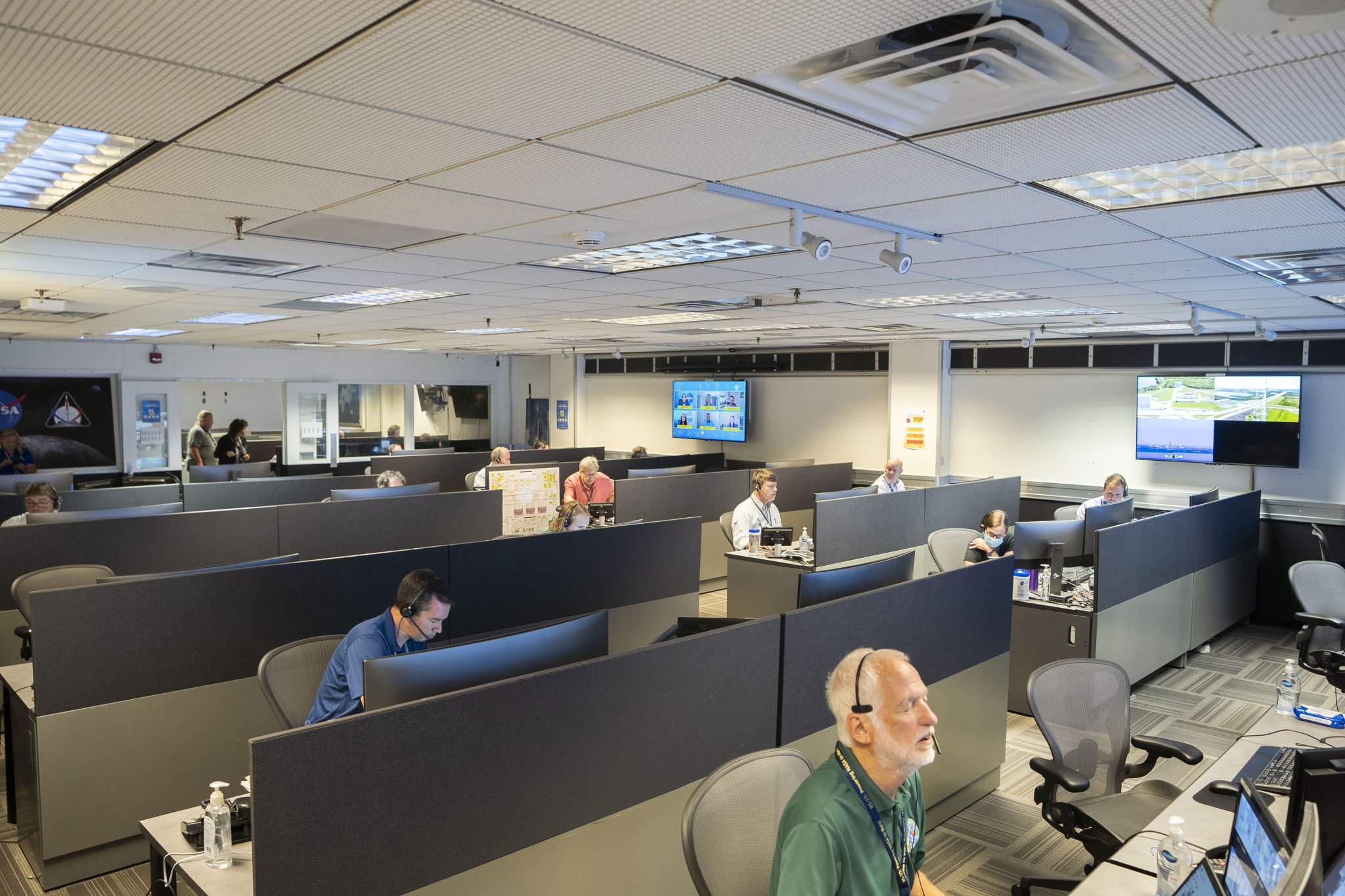
Artemis I will be an uncrewed flight test to launch the SLS rocket and send the Orion spacecraft around the Moon and back to Earth. On launch day, the team in the support center will work with the team in Kennedy’s Launch Control Center by monitoring everything from the health of the rocket to day-of-launch environmental conditions like wind and heat. After liftoff, the support center will then coordinate with the Mission Control Center at NASA’s Johnson Space Center for the remainder of the mission.
Before the mission, the team prepares for Artemis missions through simulations in which they practice every aspect of the mission. Pre-launch simulations include powering on the rocket through engine ignition. Other simulations include ascent mission phases like trans-lunar injection, or TLI burn, the maneuver that SLS will use to send Orion toward the Moon. From launch countdown to flight operations, simulations allow the team to exercise the functionality of the facilities and even practice working real challenges that might occur during various milestones before and during flight.
Several weeks before launch, the SLS rocket and Orion will roll the roughly 4 miles to Pad 39B atop the crawler-transporter for a wet dress rehearsal, the last major test before the Artemis I launch. The Kennedy launch team, which includes the SLS program manager and other SLS and Orion leads, will conduct pre-launch activities down to the last 10 seconds before launch. This includes all power-on activities, systems checkouts, propellant loading, and thermal conditioning. Over 200 SLS team members will be positioned in Marshall’s engineering support center and other remote locations across the country for this rehearsal, working in the same positions that they will support during launch.
“Wet dress rehearsal will ensure our team is prepared for a successful Artemis I mission, the first integrated flight of the Space Launch System rocket and Orion spacecraft,” said David Beaman, SLS Systems Engineering and Integration lead at Marshall. “Artemis I is the start of many Artemis missions that we will be supporting, and an important learning experience leading up to Artemis II, the first flight to send crew in Orion around the Moon and back to Earth.”
Teams working in the engineering support center will support not only Artemis I, but also future missions that land the first woman and first person of color on the Moon and prepare for human missions to Mars.






